Last Updated on July 30, 2021

We all have certain movies we love. Movies we respect without question because of either tradition, childhood love, or because they’ve always been classics. However, as time keeps ticking, do those classics still hold up? Do they remain must see? So…the point of this column is to determine how a film holds up for a modern horror audience, to see if it stands the Test of Time.
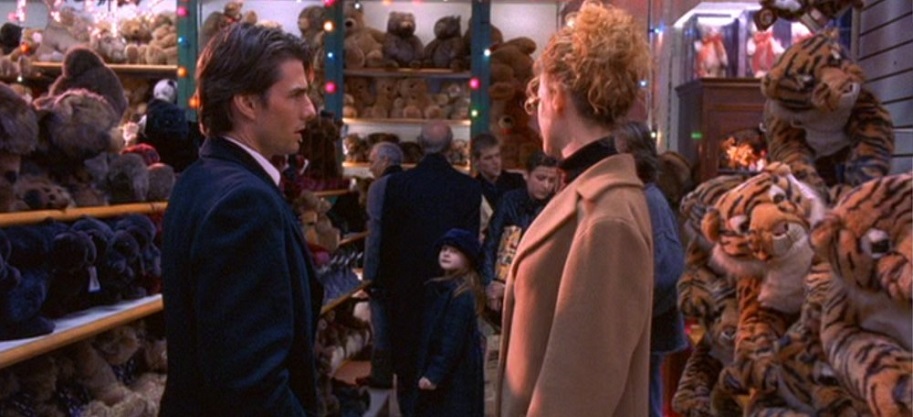
DIRECTED BY STANLEY KUBRICK
STARRING TOM CRUISE, NICOLE KIDMAN, SYDNEY POLLAK, TODD FIELD, VINESSA SHAW
Has there ever been a film director more ahead of their time than Stanley Kubrick? Hard to say.
What isn’t hard to say is that Kubrick clearly favored quality over quantity, which is why the master craftsman only made 13 movies over his illustrious and unparalleled 50-year career. And frankly, since LOLITA in 1962, pretty much every one of Kubrick’s films received moderate critical plaudits and tepid public fanfare. Only after the fact, often years later, did the masses catch up with Kubrick’s sensibility and appreciate the sheer artistry of his filmography. Think about it. THE SHINING earned Kubrick a f*cking Razzie nomination the year it was released, and is now obviously considered, rightly, as one of the finest horror films ever constructed. Even 2001: A SPACE ODYSSEY, arguably Kubrick’s greatest cinematic achievement and easily his highest grossing film to date, was initially panned and painted as a psychedelic novelty among the beatniks and hippy crowds. And now? The movies awe-inspiring classicism speaks for itself!
Well, as Kubrick’s swan song EYES WIDE SHUT turns 20 years old this month, we’re here to make the bold claim that it too is far ahead of its time, woefully misunderstood and unwisely dismissed, but that it’s also, in terms of the technological and subtextual, Kubrick’s finest film ever made. Perhaps not as iconic as the rest (yet!), but even Kubrick went on record before mysteriously dying just four days after turning his final cut into Warner Bros. in March of 1999, that EYES WIDE SHUT was his favorite among his own films, or at least the one he thought was the most expertly crafted. And I agree. Honestly. I’ve never gotten so much out of each subsequent viewing of any movie the way I have with EYES WIDE SHUT, a hypnotically dense, dreamily surreal, rainbow-tinted fantasy-nightmare that not only boasts hidden narratives and encoded symbolism, but also pays referential homage to Kubrick’s entire oeuvre, starting with FEAR AND DESIRE. EYES WIDE SHUT is the grand gestalt of the lifework of a peerless visual master. You really think The Test of Time is any match for Kubrick’s final hour? Let’s see!
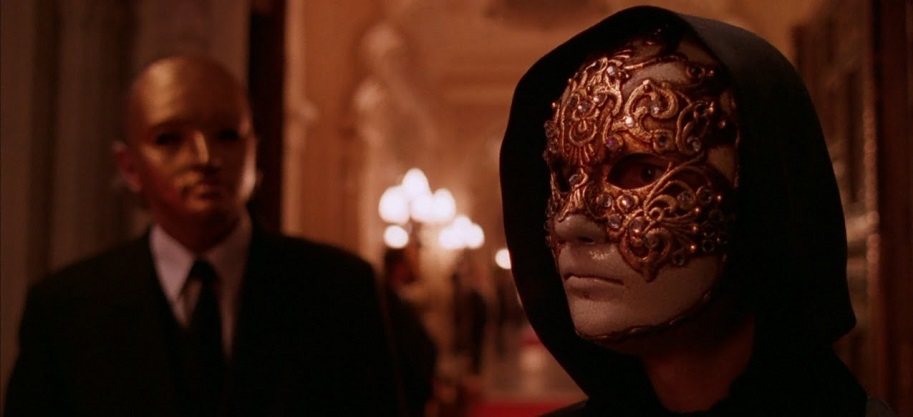
THE STORY: Believe it or not, EYES WIDE SHUT, based on Arthur Shchnitzler’s Austrian novella Traumnovelle (Dream Story), was optioned by Kubrick’s longtime assistant Jan Harlan way back in 1968. Kubrick was obsessed with the story and wanted to adapt it into his next film after 2001: A SPACE ODYSSEY. However, circumstances intervened and he opted to turn A CLOCKWORK ORANGE into his next film instead. With the rights in tow, Kubrick tucked EYES WIDE SHUT in a drawer and waited for the perfect time to do the story justice. That time was in the mid-late 1990s, when Kubrick announced he’d be making his first film since FULL METAL JACKET in 1987. Kubrick hired screenwriter Frederic Raphael to collaborate on the script for EYES WIDE SHUT, which, having read it as well as the source novella, is a mere shell of a surface-level narrative that serves a blueprint for the dazzling visual panache and symbolic coding of the subtextual narrative.
At first, Kubrick wanted Harrison Ford to play male lead, and even created the character’s surname of Harford as a combo of Harrison and Ford. When Kubrick finally settled on casting real-life married couple Tom Cruise and Nicole Kidman, an added layer of verisimilitude about a couple’s crippling thoughts of infidelity increased the movies richness from the onset. As for the story itself, it’s quite simple. A seemingly happy married couple, Bill and Alice Harford, attend an elegant and seductive Christmas party among the upper-crust in NYC, a lavish ball adorned with ominous six-pointed stars that is in essence the very orgy Bill will later encounter during is depraved nocturnal wanderings. Only it’s dressed up to appear civil. Many of the same people at this party, who are wearing their own metaphorical masks and doing a certain sort of social dance, are in fact the same people that turn up at the sordid Sommerton Mansion orgy ball later on.
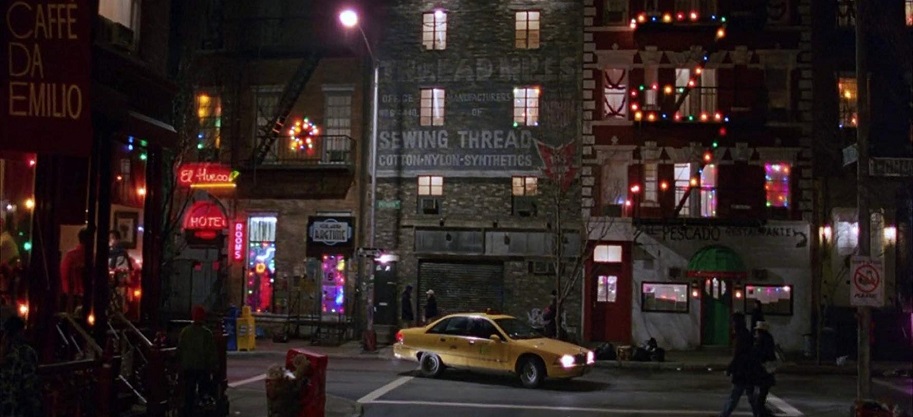
Back at home, Bill and Alice smoke a joint and discuss their time flirting with others at the party. Alice goes into a devastating fantasy about leaving Bill and their daughter Helena for a strapping sailor she laid eyes on during vacation, a confession that absolutely flattens Bill. The good doc receives a night call to a sick patient’s abode, sending Bill into a mind-altered odyssey of jealously, rage, fear, desire, sexual frustration, and ultimately, ritualized murder at the end of masked secret society elites. Each scene in EYES WIDE SHUT is constructed as if its own mini-movie, each equipped with a beginning, middle and ending. Bill slinks from one erotically charged episode to the next, leaning into and resisting temptation along the way, desperate to both avenge and remain faithful to his wife at once. At each step of the way, Bill gets in over his head, culminating in an orgiastic threat on his life that he’ll have to reckon with forever.
WHAT HOLDS-UP: When you take a Guinness Book of World Records number of 400 continuous shooting days, all at Elstree Studio in England, you bet your ass that EVERY SINGLE ASPECT OF THE FILMMAKING CRAFT has held up under Kubrick’s meticulous and obsessively demanding eye. Truly, I’ve never, ever seen a movie more beautifully shot than EYES WIDE SHUT. No one could shoot a movie like Kubrick, his eye for the frame is so strong and captivating that it’s impossible, as Spielberg has said, to turn off a Kubrick film. For EYES WIDE SHUT, Kubrick chose a discontinued Kodak film stock which he opted to have “pushed” two stops in the film processing, allowing him to shoot with low-level source lighting such as lamps, chandeliers, Christmas lights, etc. Makes sense, right? Kubrick had NASA build his own lenses for BARRY LYNDON after his work on 2001, so it’s only right Kubrick continue to put his own personal stamp on EYES WIDE SHUT. The result shows, as there is not a single film that looks as qualitatively distinct as EYES WIDE SHUT. There’s a reason why Scorsese listed EYES WIDE SHUT the 5th best movie of the entire 1990s!
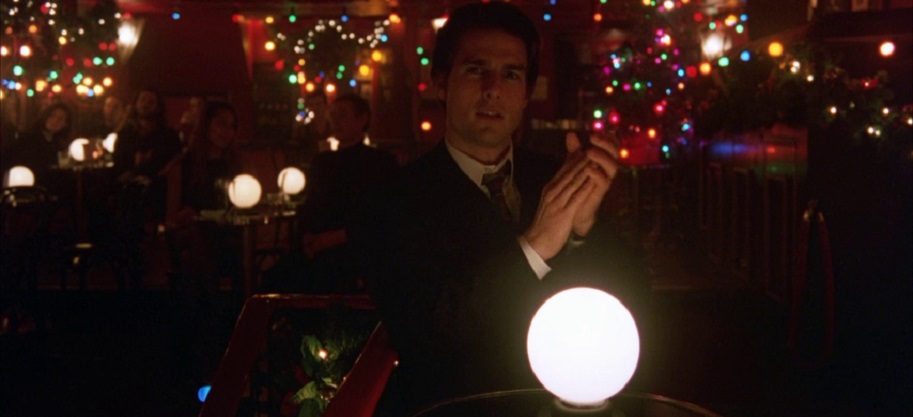
But it isn’t the surface level narrative that astounds so greatly with EYES WIDE SHUT, it’s the subliminal narrative reinforced through the unparalleled visual tapestry of the film that really stands out. The freaky attention to detail is downright intimidating. Now, I’m not here to traffic in the wild conspiracy theories about the movie exposing the nefarious comportment of the Illuminati, as many online have, but one cannot refute the symbolic use of coded imagery Kubrick suffuses his films with. Beginning with LOLITA IN 1962, Kubrick had to skirt the verbal and visual strictures of the Hayes Production Code, which disallowed the overt use of foul language, nudity, sexual content, etc. Pretty tough for a movie about thinly veiled pedophilia, but Kubrick, through subliminal visual cues and sly innuendo, honored the subject matter of Nabokov’s classic novel without breaking the rules of the Code. This principal of serving the surface narrative while encoding a hidden subtext is something Kubrick would carry out through his entire career. We all know about ROOM 237 and the wild theories Kubrick encoded in THE SHINING, but in EYES WIDE SHUT, Kubrick took this idea to a whole new level.
Much of this subliminal coding comes in the form of dream logic, which makes sense for a movie adapted from a book called Dream Story. The most startling example of this so-called dream logic comes when Bill, during his nighttime dalliances, meets his old college buddy Nick Nightingale (Todd Field) at the Sonata Jazz Café in SoHo. Bill learns of the cryptic gathering set to unfold during the witching hour of the winter solstice; a masked costume ball among the high society elites. When Bill learns the password (Fidelio, name of Beethoven’s only opera), he is told he must find a proper disguise to gain entry to the exclusive party. So, what does Bill do? He takes a taxi to Rainbow Fashions tuxedo rental house, which, if you study the frame close enough, is directly across the street from the Sonata café. The neon signs of the jazz club can be reflected in the window of Rainbow Fashions as Bill speaks with its new owner, Milich (Rade Serbedzija). Why would Bill take a taxi to simply go across the street?
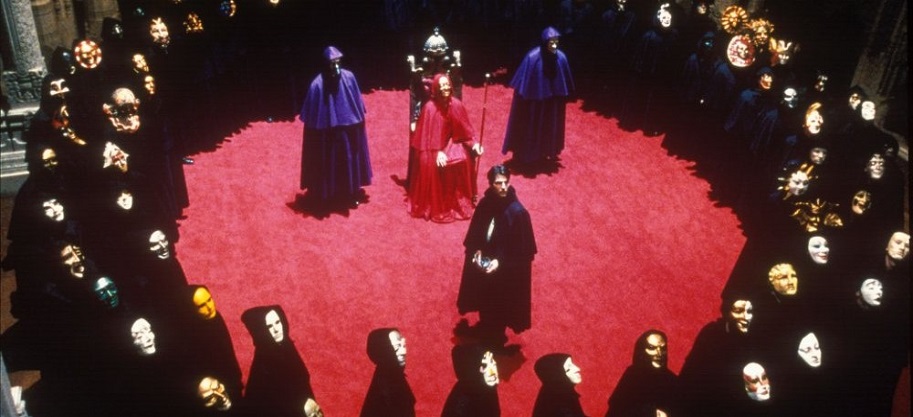
Now, given Kubrick’s fastidious attention to detail and the aforesaid 400-day shooting schedule, do you really think this happens to be a continuity error or mere accident? Hell f*cking no! That’s not to say the entire film represents Bill as literally asleep, or that the whole film is but a dream, but rather that Bill’s asleep in a different kind of way – he’s unaware, his are eyes closed, he’s totally oblivious to the ways in which the love of his wife – a ravishing creature at the height of her sensuality – has been taken for granted. As Bill peruses the city streets in a state of hurt, he must deal with his wife’s potential gallivants in a way that satisfies his egocentric revenge. He cavorts from one near steamy encounter to the next, courting death and disease along the way as he desperately tries to fill the sinking hole in his soul. Kubrick, for his masterful design, uses masks and mirrors to reflect Bill’s fractious psyche as he moves from one episodic danger to the next. Kubrick adorns the film with candy-coated Christmas decorations that allude to the tinsel-wrapped illusions of the world, which disguise the seedy underworld of the opulent NYC VIP culture. In the end, as Bill finally finds enlightenment, he returns home for the final time and does what? He turns off the Christmas tree lights as if he’s woken up. His EYES are no longer WIDE SHUT.
I could write ad infinitum about how superb EYES WIDE SHUT is and how much I love it. However, in the interest of time, let’s quickly run down EWS’ many references to Kubrick’s past work. Honestly, EYES WIDE SHUT could be titled FEAR AND DESIRE, Kubrick’s first film, but a more germane tie includes a scene in which Alice watches a movie called BLUME IN LOVE, a flick directed by Paul Mazursky, who made his acting debut in FEAR AND DESIRE. The nymph played by Leelee Sobieski is an overt LOLITA reference. There’s DR. STRANGELOVE’S iconic red telephone found in Victor Ziegler’s (the great Sydney Pollak, who apparently finished the film for Kubrick after his death) bathroom in the beginning of the film.
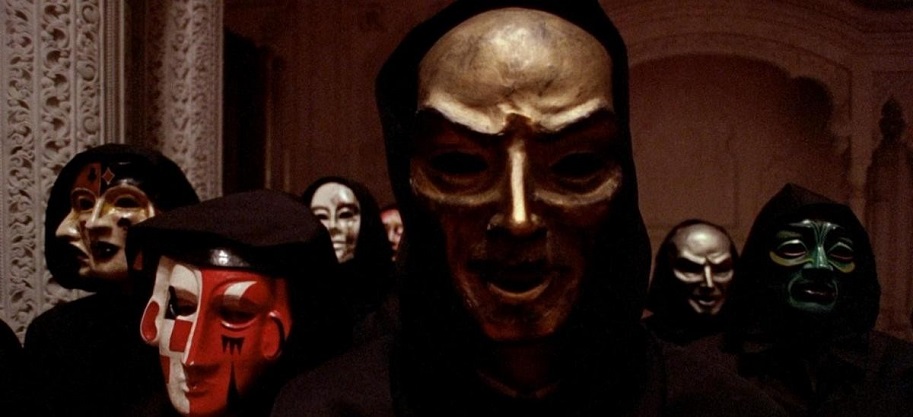
A huge Bowman signpost and minor character named Kaminsky link back to 2001, as does the interior headboard of the deathly old man Nathanson Bill visits early on, and the gyrating hospital doors which call to mind the infamous rotating set. The red and blue A CLOCKWORK ORANGE title cards are subtly hinted at on the floor of the hospital Bill visits later in the film. The mask Bill wears was molded after Ryan O’Neal’s face from BARRY LYNDON. THE SHINING is conjured through the use of the ballroom music during the orgy scene, as well as visual clues to the address 237. A VHS copy of FULL METAL JACKET (in fact many of Kubrick’s movies) can be seen on a shelf in Bill and Alice’s living room. The apartment the Harford’s live in during the film actually belonged to Kubrick and his wife in the 1960s. It’s no stretch to call EYES WIDE SHUT Kubrick’s most personal film.
And frankly, this article hardly scratches the surface. The depths of hidden meaning to be found in EYES WIDE SHUT are simply astounding. We haven’t even touched on the alarming pedophilia subplot, the MK Ultra brainwashing of young female prostitutes, the mystery of whether or not Alice was complicit in the orgies, or even if Kubrick truly finished the version he intended all along. Or even scarier, entertaining the notion that Kubrick was killed for exposing the power elites. If you're interested in digging deeper into these topics, check out the work of Juli Kearns, Rob Ager, and the Steganalysis Youtube video for more. The point is, above all else, is that, as Kubrick showed his entire career, he was always one step ahead of the audience. EYES WIDE SHUT has not only withstood the Test of Time, it’s defied it en route to becoming even better now than it was in 1999. Like a finest barrel of wine, Kubrick’s final masterstroke has aged to perfection!
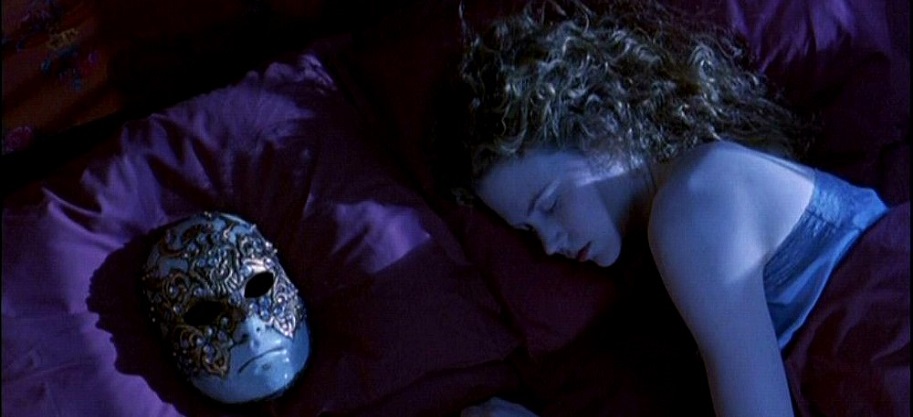
WHAT BLOWS NOW: I hate that we’ll never know if the version Kubrick turned in was indeed his final version, sans a few soundtrack cues. I also hate the idea that Warner Bros. digitally added shadowy figures to block some of the lewder sexual acts in the orgy sequence, although an uncut version is pretty easy to obtain these days. No, what really blows now is that we have to think of EWS as Kubrick’s last film. Who know, given the technology de jure, what the old master could have done with A.I., which he ultimately gave to Spielberg, or the long-gestating NAPOLEON film he was set to make. It blows that Kubrick died at 70 and never got to see the appreciation grow for what he considered his best movie.
THE VERDICT: Flawed as it’s perceived, EYES WIDE SHUT is still ahead of its time. The rich layers and hidden depths of meaning to be mined in the film will take as many viewings as days Kubrick spent toiling away on his final masterpiece. Many dismissed the film when it came out for a number of reasons. The rumors and hype promised one thing and failed to deliver. The anticipation of a new Kubrick film after a 12-year absence mounted the highest of expectations. The surface level narrative is hardly satisfactory. But Kubrick demanded more of his viewers, asking them to open their EYES WIDE SHUT and really pay attention. Kubrick has been encoding his films with subliminal themes and messages since LOLITA, and with EYES WIDE SHUT, he’s pushed the form even further than he did with 2001, A CLOCKWORK ORANGE, and THE SHINING. 20 years later and we’re still trying to catch up to Kubrick!
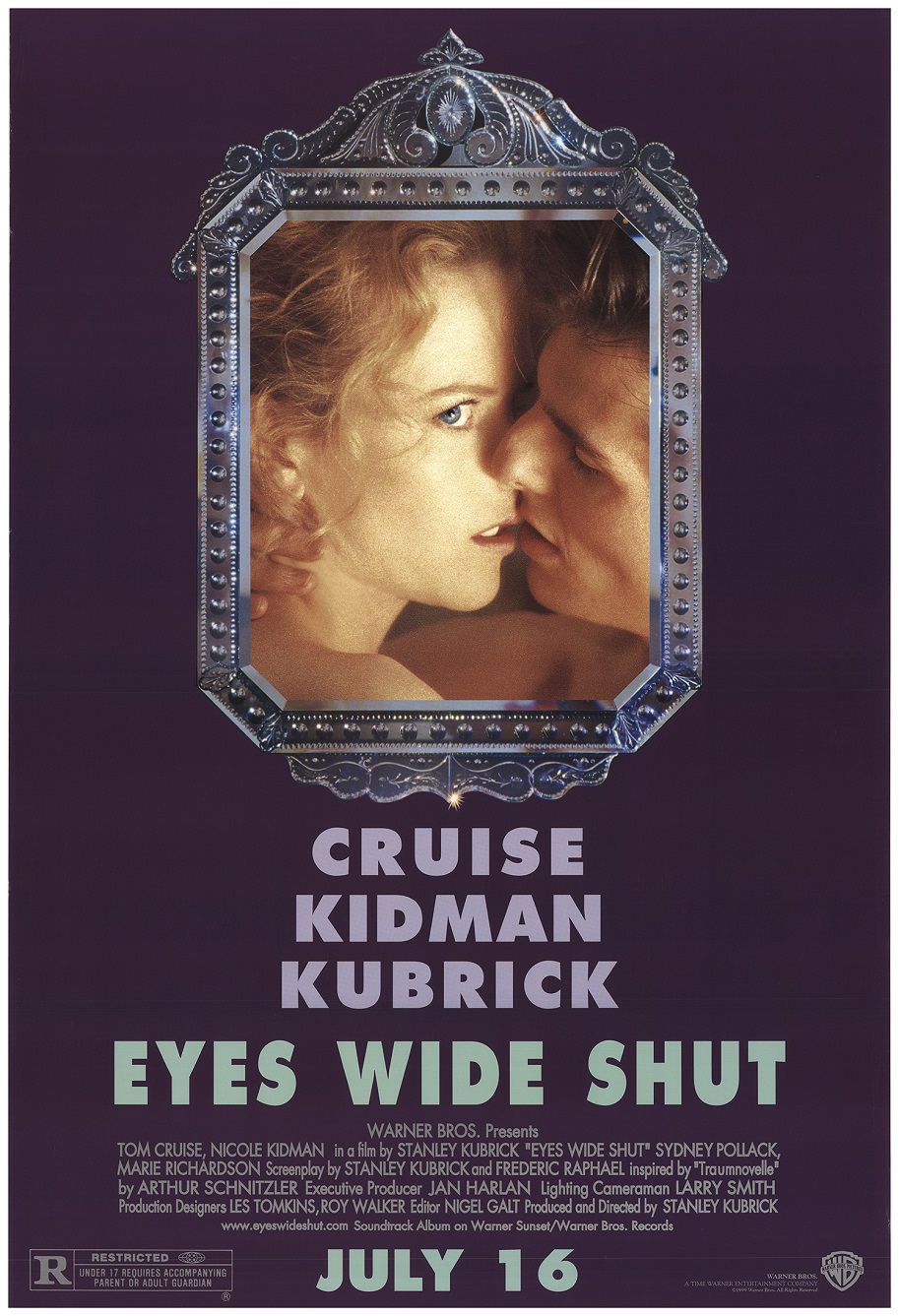


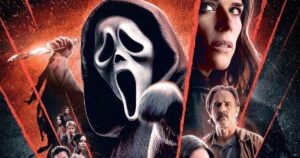
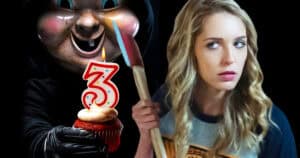
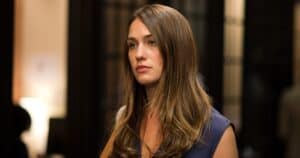
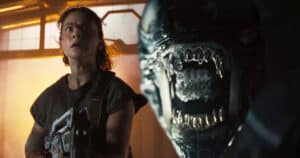


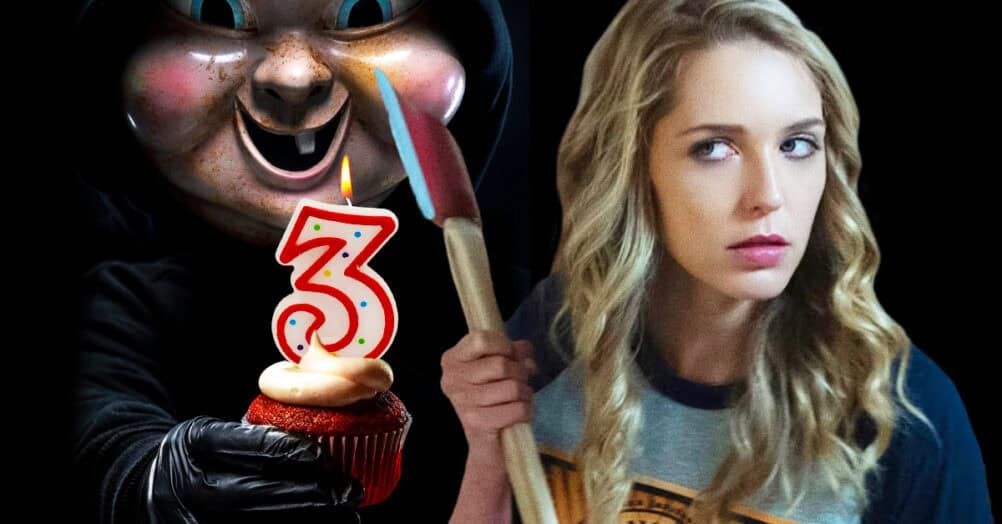
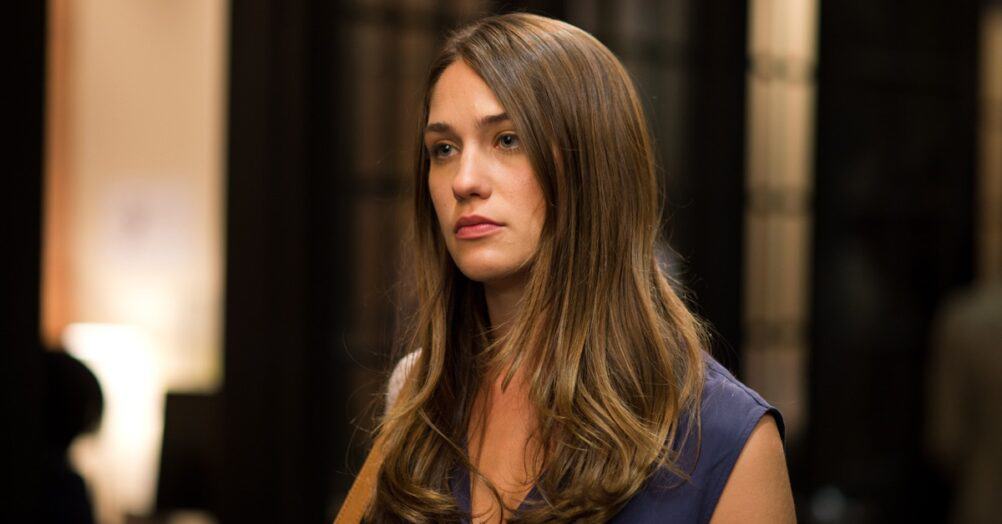
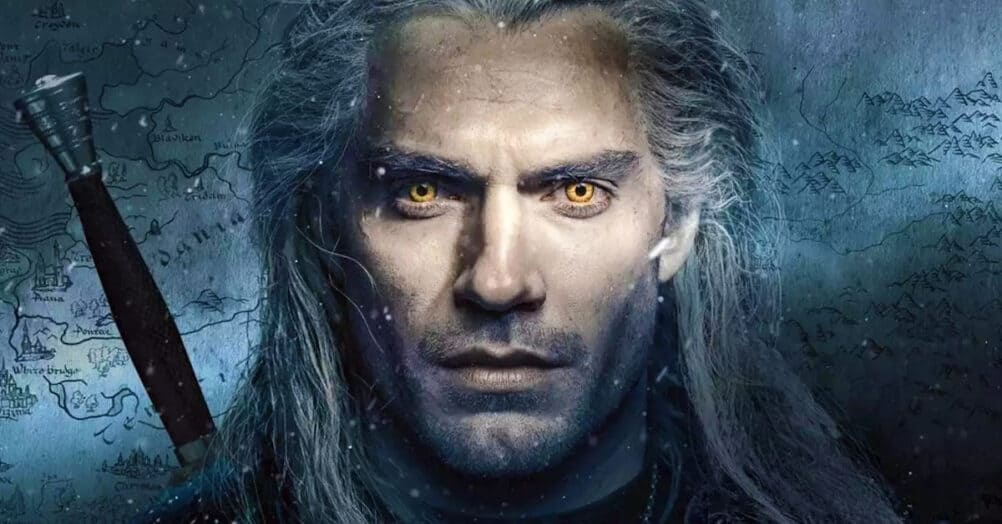
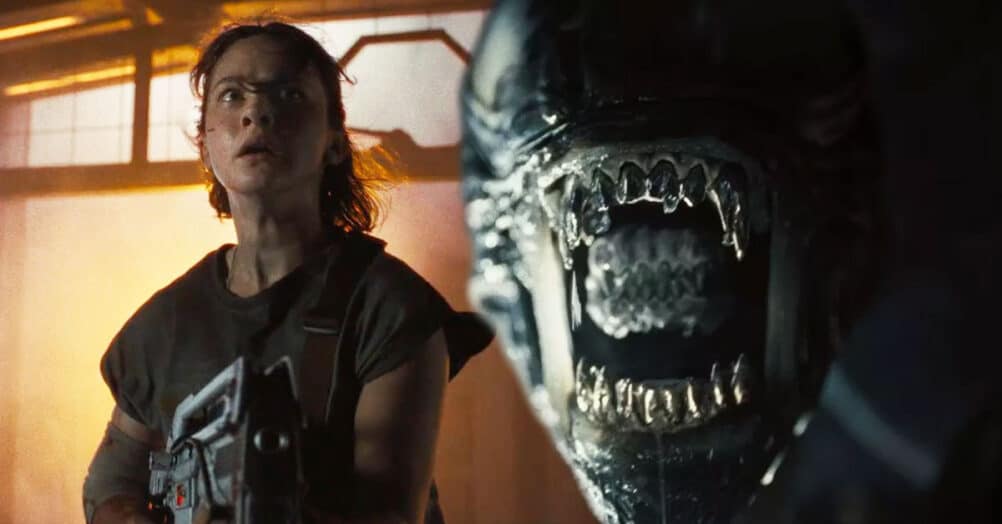


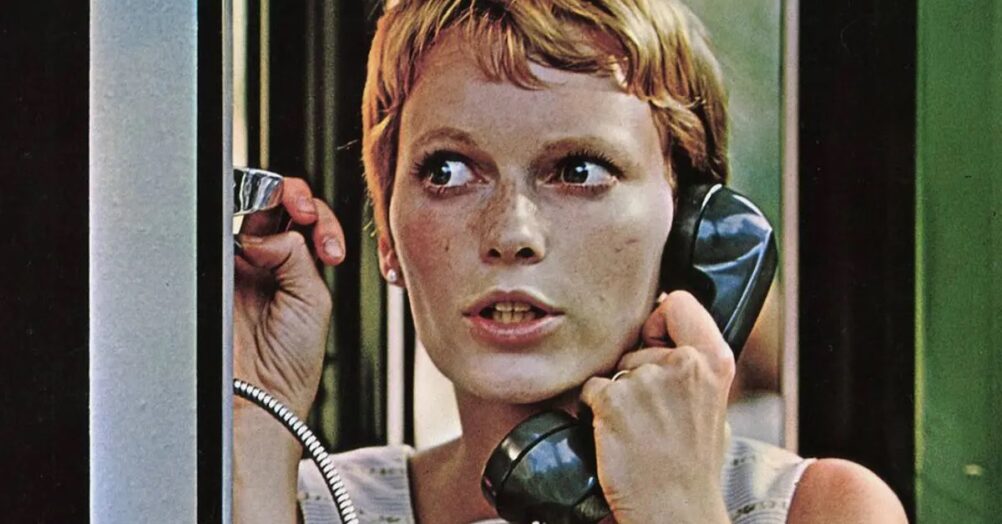
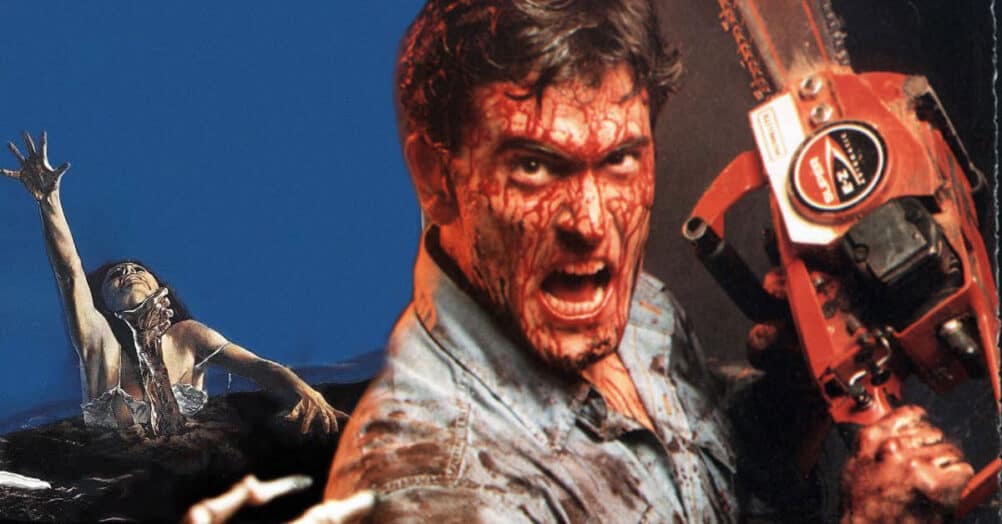

Follow the JOBLO MOVIE NETWORK
Follow us on YOUTUBE
Follow ARROW IN THE HEAD
Follow AITH on YOUTUBE